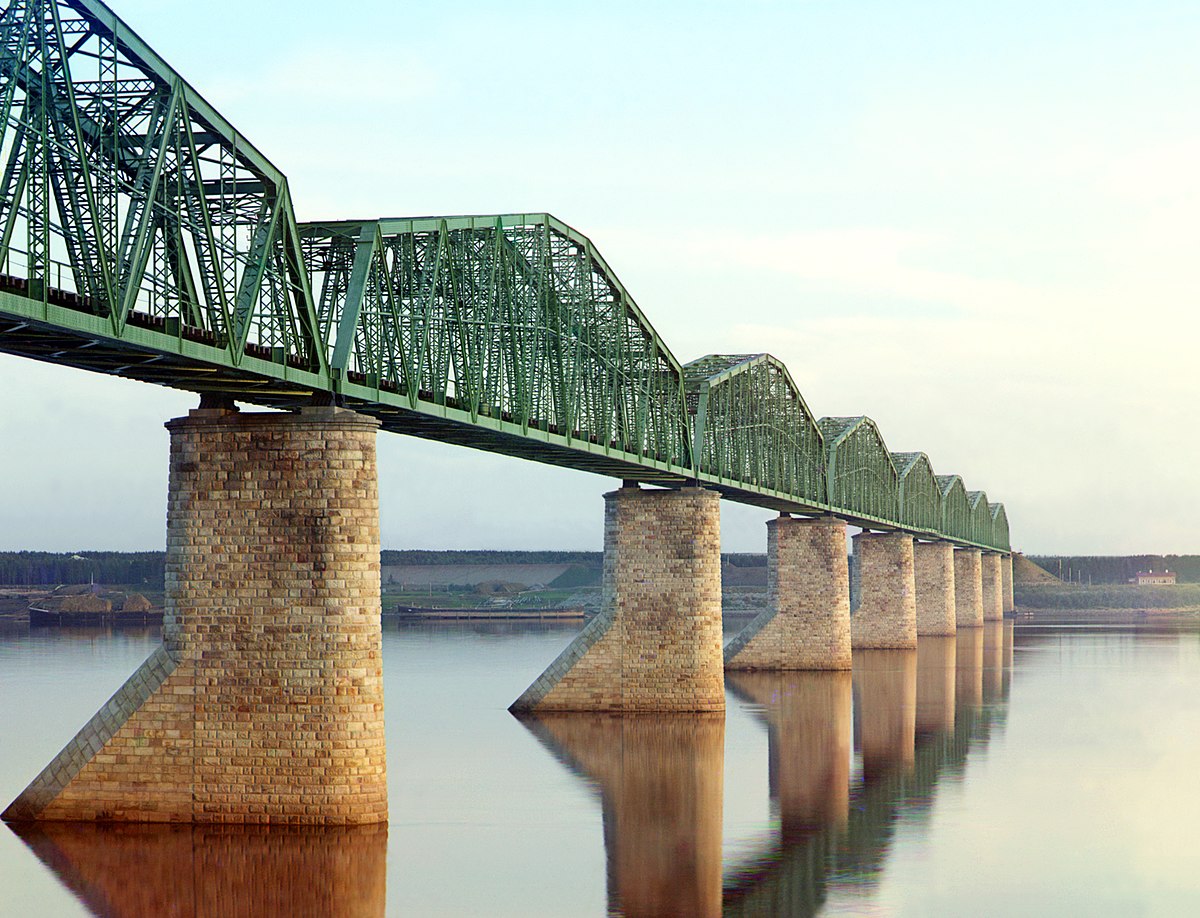Thanks ! Things made somewhat clearer; but -- as you intimate -- in some aspects, still a bit mystifying. Trans-shipment would be necessary at some point, unless standard gauge were to be put in "the whole length of" Pakistan: not obvious to me why -- as per the article -- it would be greatly more expeditious to trans-ship at Quetta, rather than, as at present, Zahedan; unless -- perish the thought ! -- the Pakistanis want to be in charge of the trans-shipping themselves, rather than having the dozy and inefficient Iranians doing it

... and as for that leg of the journey taking 4/5 days versus 20 hours: as long as we're not talking sub-metric gauges, I can't figure out why what gauge the line there, is; can itself be a significant factor.
In the quote from the official, in the fourth paragraph: am a bit bemused by his citing of the rail system of "Iran, Turkey, Europe and
Central Asia". Assuming that "Central Asia" here means the ex-Soviet "-Stan" countries -- are their railways not "Russian" 1524mm. gauge? Or, with the international rail link crossing the border near Mashhad in Iran; has standard gauge been introduced to those countries on a big scale, in recent times? (I realise that Googling could probably clarify things for me here.)
Other aspects aside; routes at present available, make it an awfully long way round, between Pakistan and Central Asia. Let's hear it for -- notwithstanding daunting geographical and political obstacles -- a new, 500 km. "beeline" (no doubt longer, in practice) rail route between Peshawar / Landi Kotal, and Dushanbe; sorting things out somehow, with the Afghans -- gauge(s) whatever would provide the best solution. Would make China's relatively new line to Lhasa, look feeble by comparison ...


